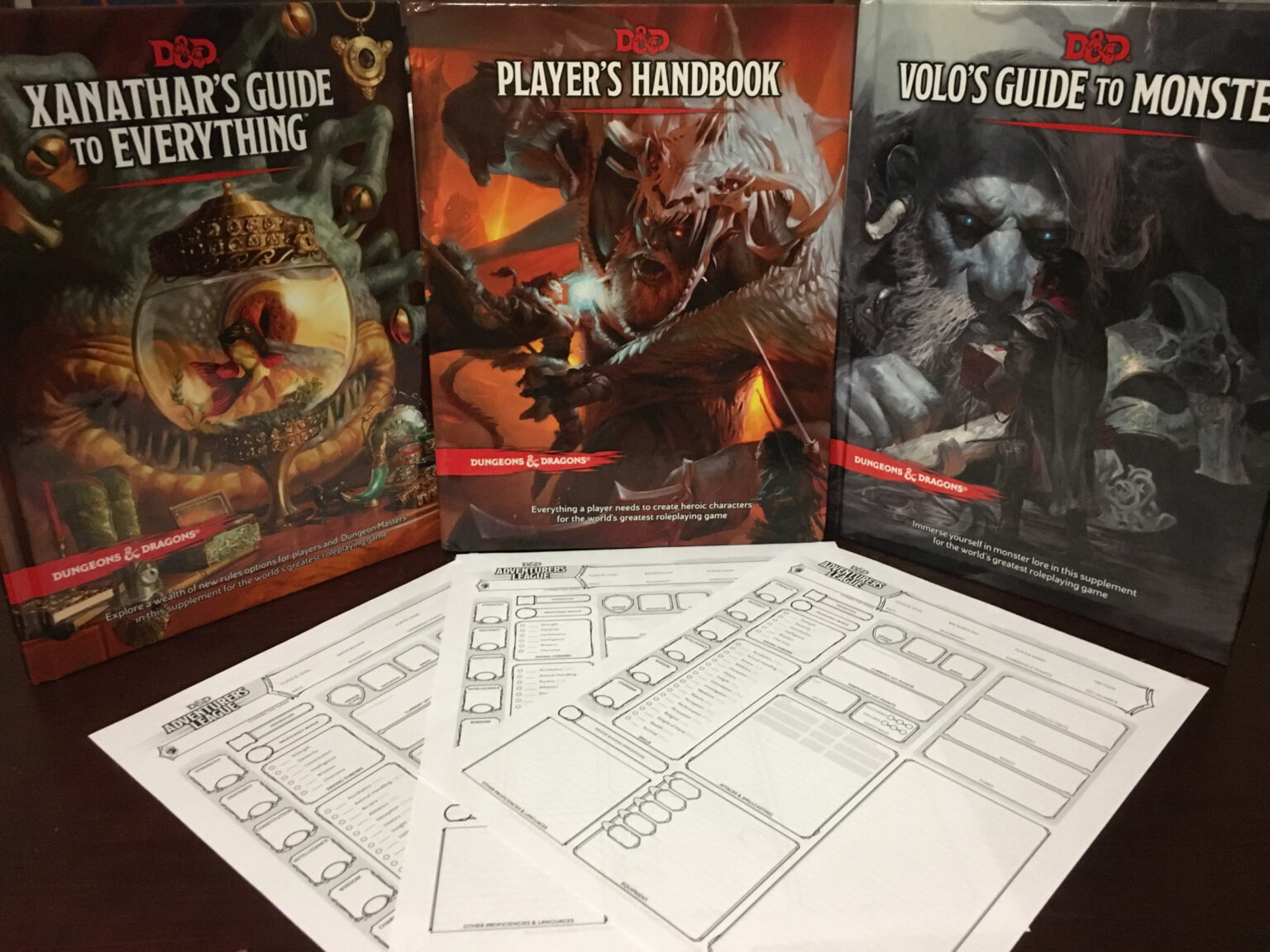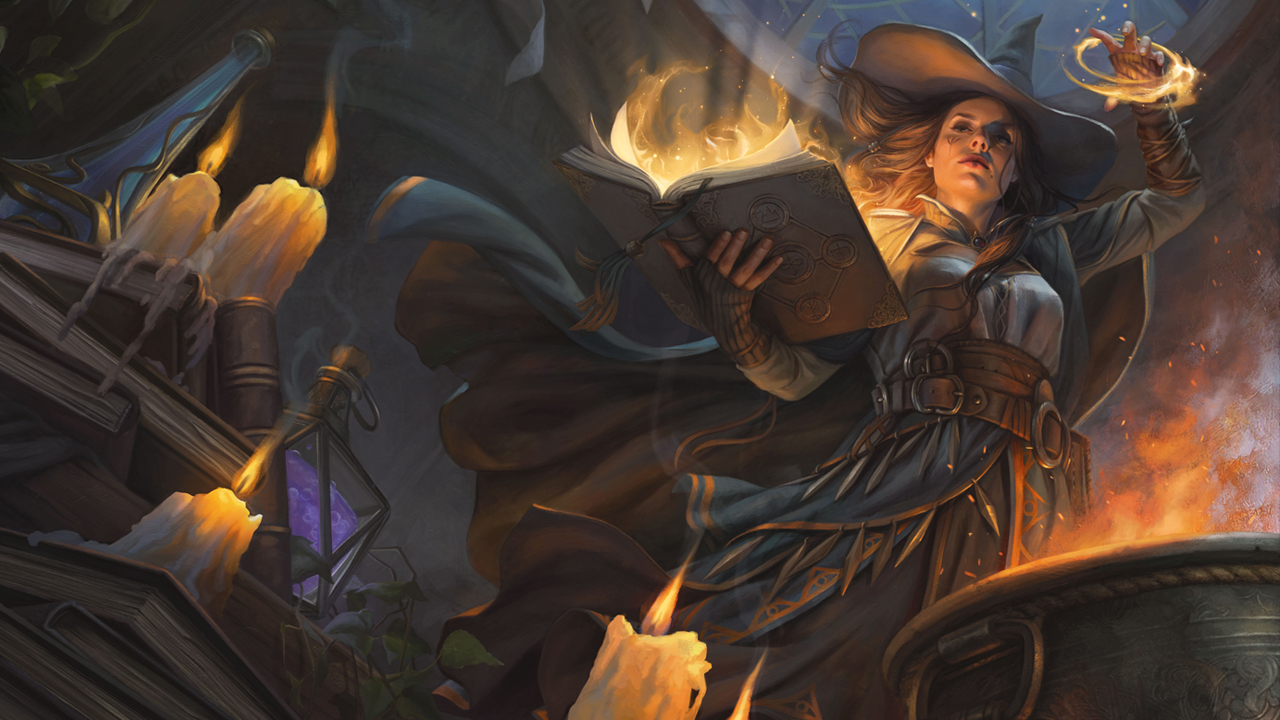
Dungeons & Dragons Fifth Edition: The changes you need to know
A new edition of the beloved roleplaying game Dungeons & Dragons dropped in July. As fans shift from their old core rulebooks to the new ones released by gaming company Wizards of the Coast, we thought we’d break down what players can expect from the new gameplay.
Big shifts happened in Dungeons & Dragons before. When 3.5 was phased out a decade ago, Dungeons & Dragons streamlined the rules, making actions like grapple easier to take. They also moved around classes, placing the sorcerer class in the Player’s Handbook 2 rather than the main one. They swapped it out for warlock (looks like a sorcerer is back for 5e, though).
This one? They don’t appear to be as drastic, but there are some new features players should be aware of. Here are the ones you should know about.

Roleplaying has quantifiable benefits.
As Dawnforged Cast explains on his YouTube Channel, the biggest difference between Dungeons & Dragons 5E and its predecessors is that roleplaying has “mechanical benefits.” Before, PCs created their own backstory purely from their imaginations. It didn’t factor into the game unless the DM made it part of the story.
Now, players’ backstory affects gameplay. Dungeons & Dragons added “inspirations” to its character sheets. If a player acts out their backstory or acts on their PC’s motivations, they get bonuses to their rolls. These bonuses depend on the inspirations your character has.
For example, if you play Jareth the Elf whose village was destroyed by bugbears, Dungeons & Dragons may have an inspiration for you to use during a bugbear encounter, like a +2 bonus to rolls when you fight bugbears, +3 if you know they’re from the same clan that roasted your village.

Ideals & flaws
These bonuses can also be based on ideals. If a paladin is motivated by upholding the law of the land to save villagers from criminals, the DM may grant bonuses for that. Similarly, the paladin may have a flaw of being arrogant which will give him some downgrades, but Dungeons & Dragons’ rules may let him take some other bonuses for his trouble.
Dawnforged Cast points out that independent RPGs quantified attributes & flaws in their roleplaying systems for years. Our roleplaying aficionados can concur.
The Lord of the Rings Roleplaying Game incorporated edges & flaws based on a character’s backstory & personality that would give PC bonuses. The roleplaying card game Dragonstorm had cards which would also give characters these stats, but would mix it into the gameplay.

Streamlining the game
Dungeons & Dragons also streamlined advantages during combat. Before, an encounter would give you small bonuses that you’d have to remember (or write down, since there were so many of them). Now, players roll 2 d20 dice and pick the highest number for their total combat bonus.
Speaking of combat, that’s been streamlined, too. Combat consists of one movement, plus an action that you don’t have to remember a bunch of stats to perform. Players can also split up their movement if they want.
While this change simplifies the rules for new players or players who are bad at math, some players may complain that it’s an oversimplification. Dungeons & Dragons is supposed to suck you in with realism. Not being able to calculate your advantage based on your position on the board might be a drawback for the more hardcore gamers.

Healers have an easier time
Dungeons & Dragons added a cantrip (a level 0 spell that doesn’t cost anything to cast) called Healing Word. It’s effective within a sixty-feet radius of the caster, so it can heal the entire party without movement needed. It can also revive characters under 0 HP (unconscious, but not dead), so they’re back in action.
But is this a good thing? Screen Rant argues no since it takes away the suspense of the game and may make it too easy to get through encounters.

A multiclass nerf
As Dungeons & Dragons campaigns progress, players itch to take on more classes. This rounds out their character, gives them opportunities to try out new classes without having to roll a new character, and allows them to take on “prestige classes,” or specialized classes in line with their original class (an assassin for a rogue or a blackguard if a paladin wants to join the dark side).
Dungeons & Dragons’ fifth edition seems to have nerfed it, or made multiclassing not as worth it. They did this by tying the stat point gain to a single class, rather than giving the boost to both their classes.
However, they also got rid of racial class restrictions (only humans could be paladins) and alignment restrictions (paladins could only be lawful good). While we welcome the racial restrictions, we’re a little uneasy with the alignment free-for-all. Who wants to be saved by an evil paladin?
—
We’re looking forward to cracking open the new core rulebooks and giving the new edition of Dungeons & Dragons a try. Are you going to be playing the fifth edition, or sticking to an older version? Let us know in the comments!







